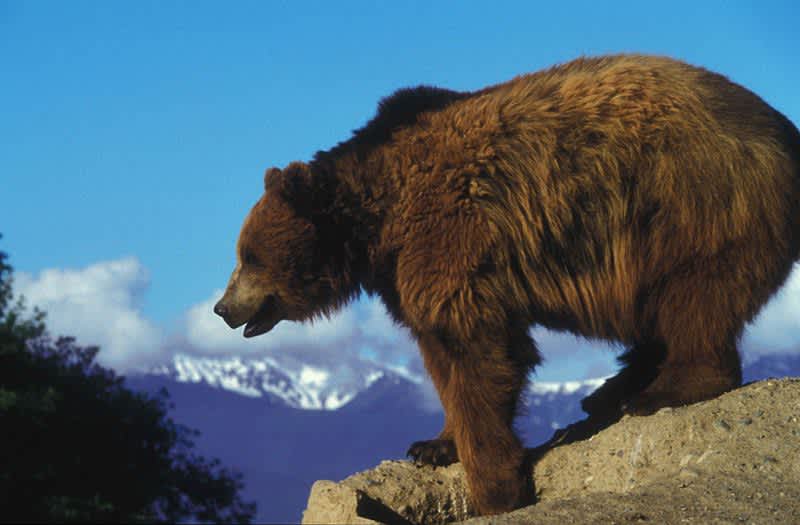Study: Wildlife Crossings Useful for Bears, Maintain Genetic Diversity
OutdoorHub Reporters 02.20.14

Canada’s Banff National Park contains 44 wildlife crossing structures, making it one of the most extensive systems in the world. The structures are needed because the Trans-Canada Highway, the busiest in the country, cuts through much of the park. While the highway allows visitors to pass through Banff and get a glimpse of its scenic forests, glaciers, and ice fields, it also splits up populations of wild animals. For years researchers debated whether the wildlife crossings were worth their initial investment, but now a new study by scientists at Montana State University has shown that the structures are valuable—at least for bears looking for love.
The study, which was published in the journal Proceedings of the Royal Society B, confirmed that bears are using the crossings to get around and find mates, which maintains the species’ genetic diversity.
“Showing that the black bears and grizzlies using the crossings to traverse the highway are also breeding is a major finding,” researcher Michael Sawaya told WSU news. “While there have been a lot of studies showing that wildlife are using these crossings, this is the first time anyone has shown that animals using the crossings are breeding often enough to ensure that the populations on either side of the highway are not being genetically isolated.”
This is very important to the park’s threatened bear population. If the highway remained an obstacle to their movement, the bears will eventually become inbred within their isolated groups. In addition, the crossing structures also cut down on the number of wildlife-related collisions in park roads.
“These wildlife crossing structures cost millions of dollars and this is one of the first studies that has shown that they are doing what they are intended to do,” said MSU professor of ecology Steven Kalinowski.
The crossings in Banff National Park are also used by other large mammals such as deer, elk, mountain lions, wolves, and coyotes. Previous research showed that animals are at first wary of using these crossings, which usually consist of underpass tunnels or overpasses. After time, however, wildlife begins to treat the crossing like any other connection between habitats.

